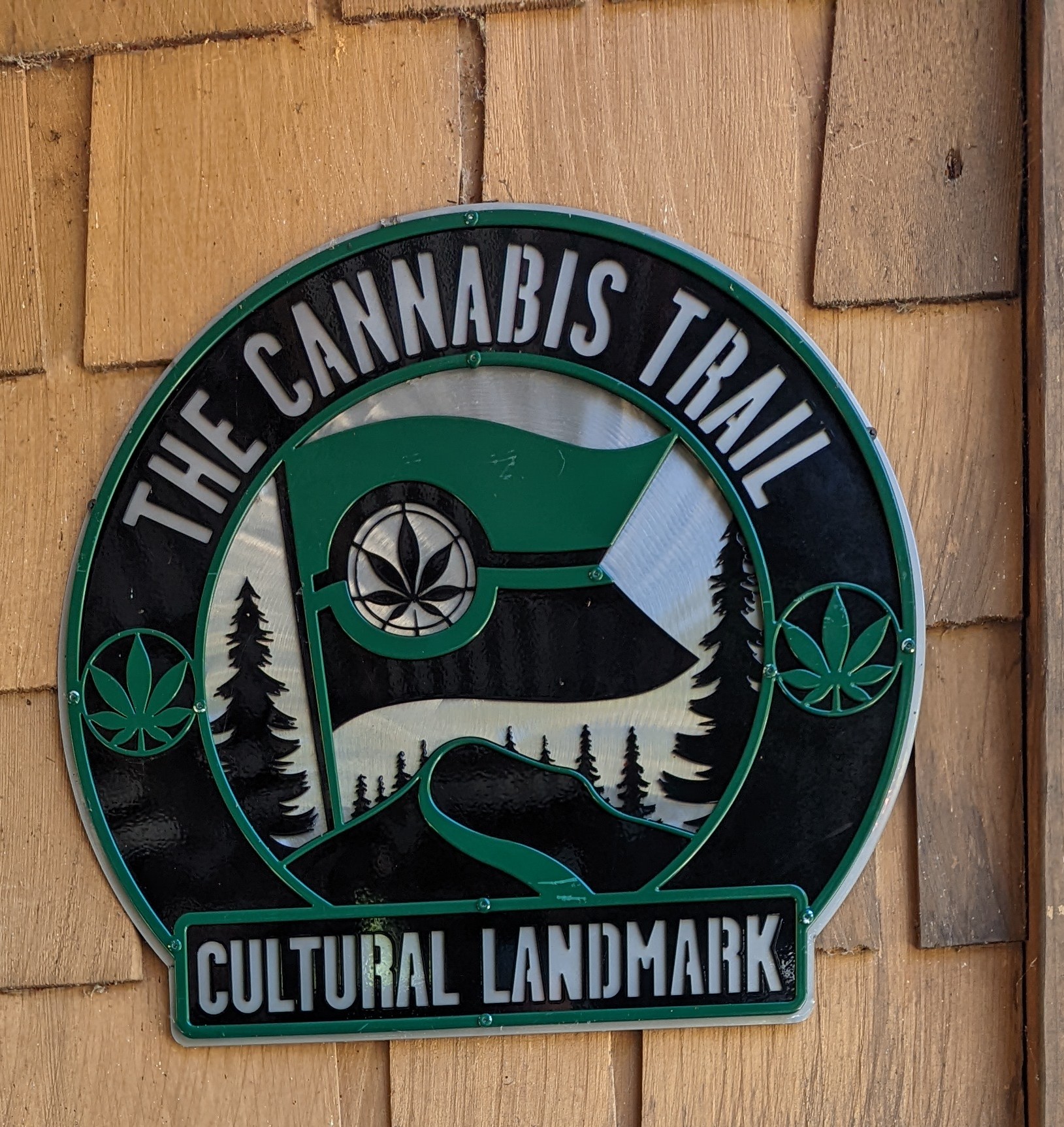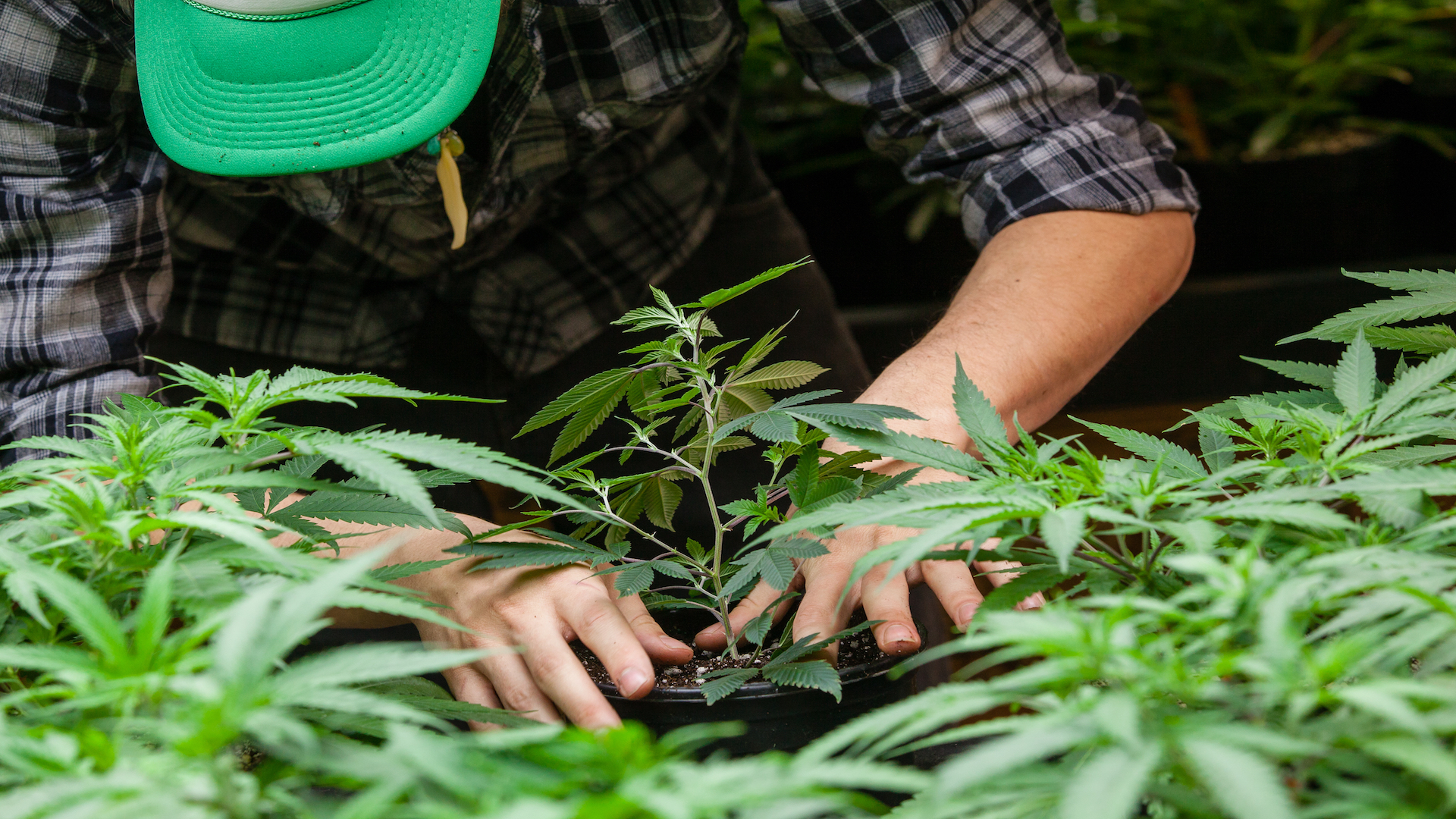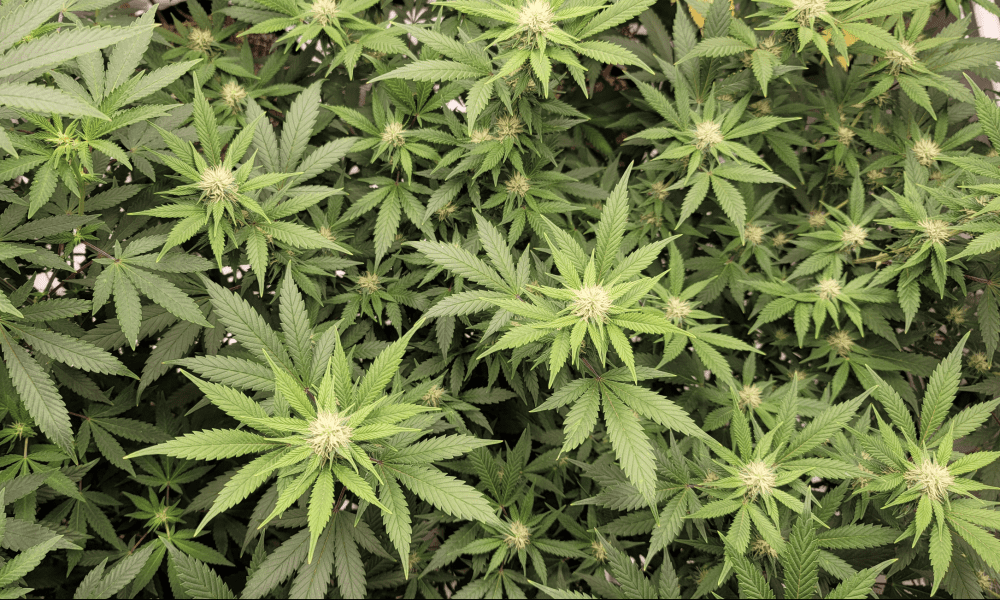(Washington Post article)
PETROLIA, Calif. — The Wild Cat Road skips along a ridge line, a narrow half-paved, half washed-out track that once carried much of the world’s finest marijuana to market.
Even in mists that obscured its treacherous course as it bows toward the Pacific, the road hummed in tune with the family weed farms around it. Now there is little cannabis to carry, nor “trimmigrants” who traveled here to the Mattole River Valley to pick the flower that made Humboldt County shorthand for the best marijuana around.
“I’m not making it,” said Drew Barber, 48, who has grown cannabis here for more than 15 years, watching the price for his product shrink from $1,200 a pound to about a third of that today. “I can’t lose money from one year to the next, and it’s getting to be that time when I have to decide if I can go on.”
The irony, bitter and true, is shared on the front porches of hillside homesteads across this valley where the King Range mountains and the San Andreas Fault meet the sea. The once-mystical heart of the nation’s marijuana industry is dying, fast, strangled not by law enforcement but by the high taxes and baffling regulation that have crushed small farmers since state voters approved legalization almost six years ago.
The story of Humboldt’s fate highlights how inconsistently this influential blue state has treated a quintessentially blue-state industry, a product once rogue and now a public tax bonanza. In the first quarter of this year alone, cannabis taxes delivered nearly
$300 million in revenue to the state and additional money to the counties that have embraced what they once punished.
Following legalization, state officials made several far-reaching decisions that have effectively driven many small cannabis farmers to the brink of insolvency while consolidating a $5 billion-a-year legal market in the hands of industrial-scale growers, most of them based far from these northern reaches.
The chosen course concentrated much of the tax and regulatory power at the state level, dominated by Democrats who often decry corporate influence, and left counties and cities, some far more conservative, with broad discretion over whether to even establish a cannabis industry.
The state imposed multiple taxes across the cannabis supply chain, a burden unmatched in other nearby marijuana-legal states. At the same time, the state declined — after initially signaling it would do so — to limit the size of cannabis cultivations or the number of grower licenses it would issue to farmers.
As a result, the state is now awash in tax revenue, much of it from the industrial-scale farmers and retailers, and in marijuana, a market glut that has gutted wholesale prices and left farmers such as Barber unable to break even. The state rules and omissions have also empowered a still-thriving black market for marijuana — once a chief target of state regulators — whose growers sell their product illegally across state borders and still fetch a lucrative price.
Here in the Humboldt hills, the changes resulting from state policy decisions have also precipitated the slow fade of a unique out-there-alone way of life, pioneered by disillusioned migrants who had soured on the post-1960s vibe farther south.
In the renegade days, a farmer could get $4,000 a pound for Humboldt flower, the plant’s coveted bud. Today, not far from Barber’s operation, one farmer recently dumped three pounds of cannabis at the desperation price of $100 a pound. Others are simply walking away from already cultivated plots.
“The government has actually managed to do in just a few years what the war on drugs couldn’t do in decades,” said Natalynne DeLapp, executive director of the
Humboldt County Growers Alliance, which represents a few hundred small farmers here. “It has killed the cannabis market.”
(rest of article)














